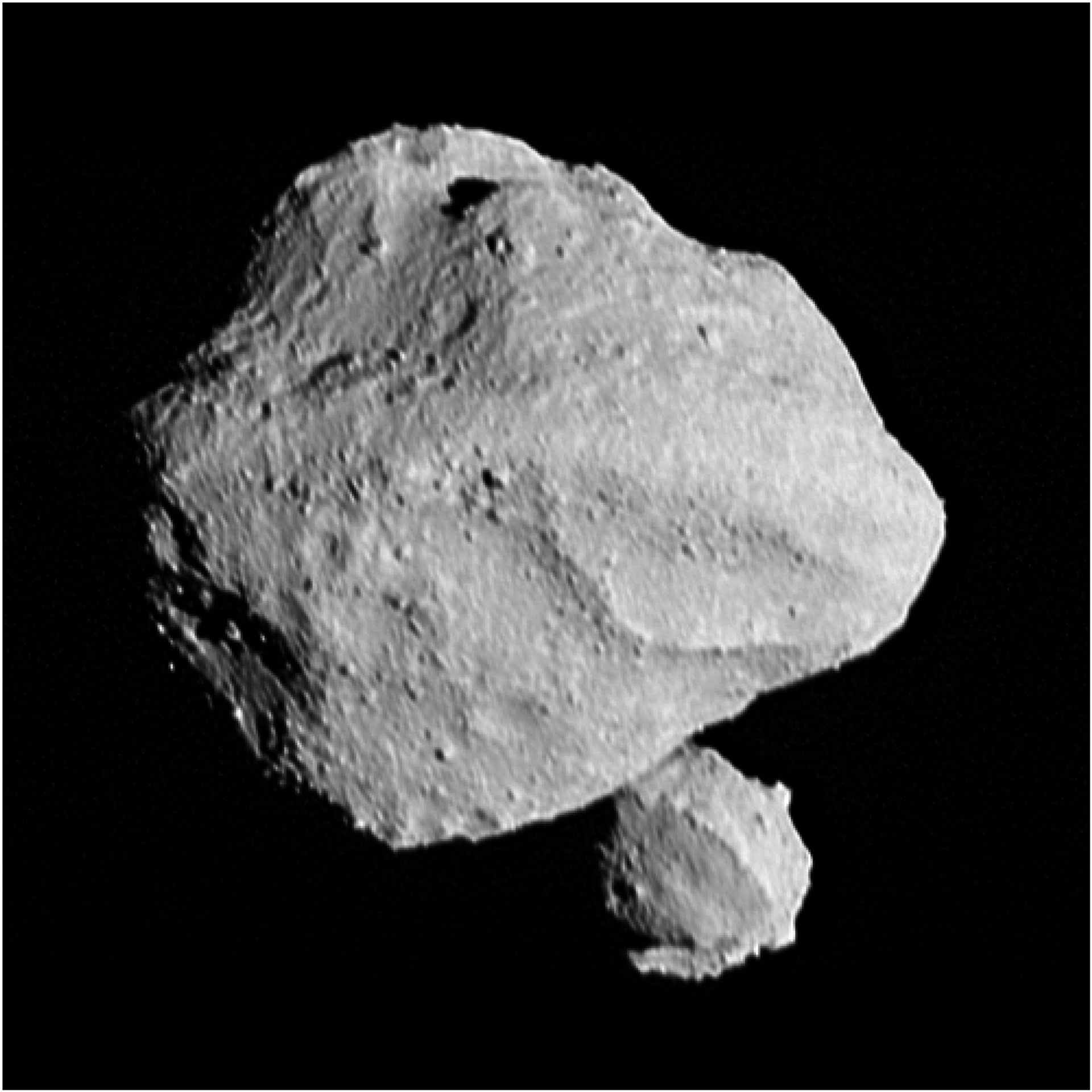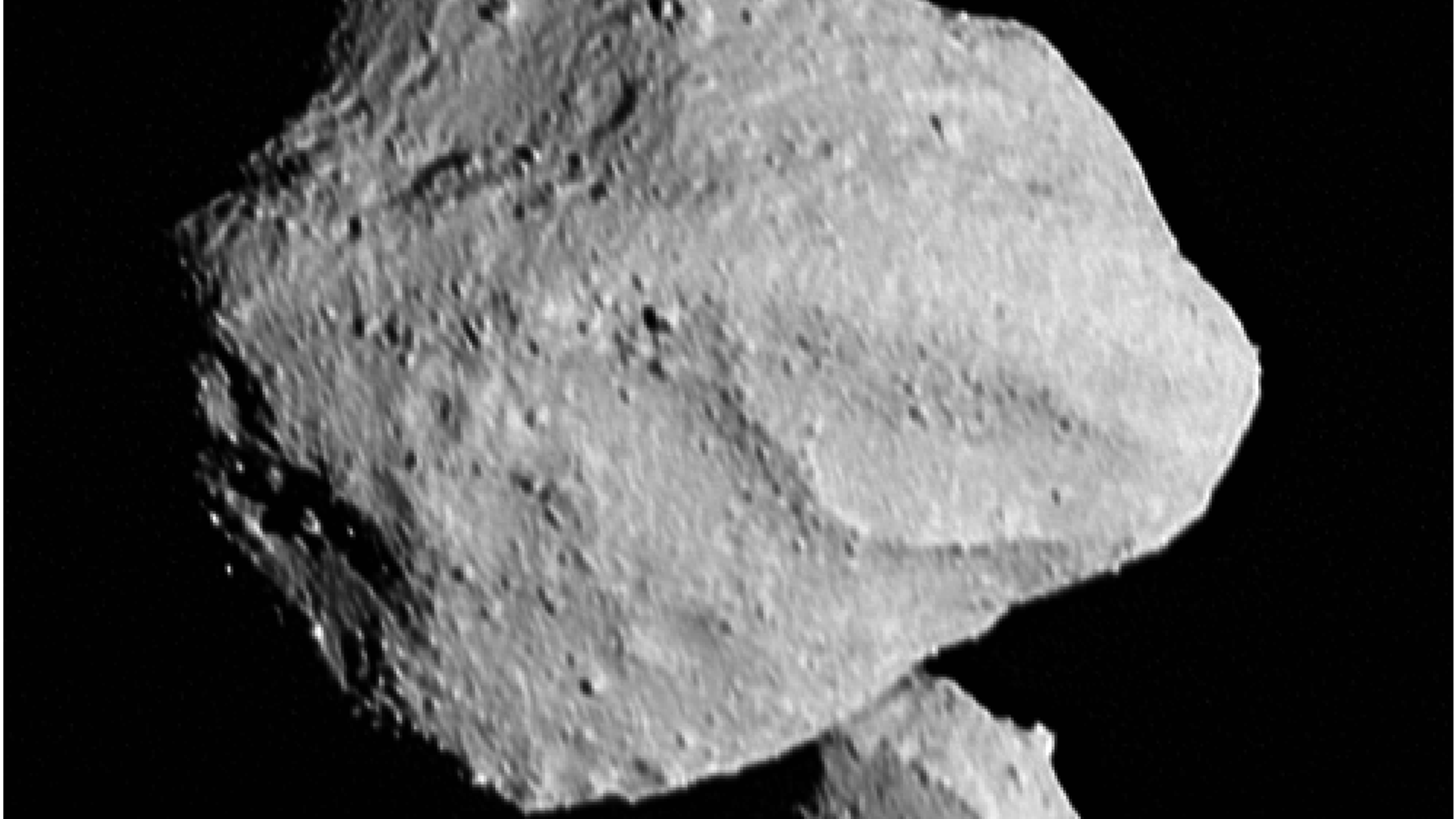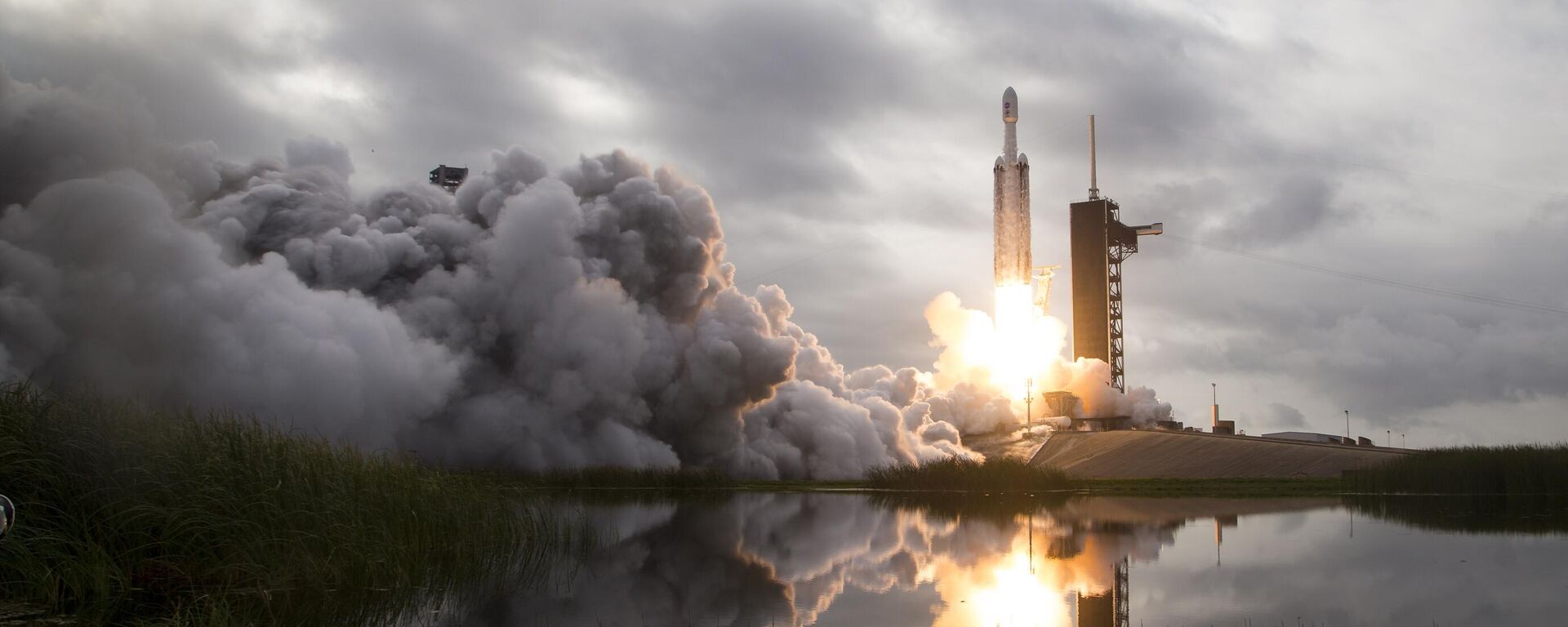Surprise! First NASA Photos of Asteroid Dinkinesh Reveal It’s Two Asteroids, Not One
Subscribe
When NASA’s Lucy spacecraft sent back photos of the asteroid belt object Dinkinesh, astronomers were stunned to discover it wasn’t a single rock, but actually a binary pair of asteroids.
On November 1, Lucy flew past Dinkinesh, snapped several photos, and confirmed what NASA astronomers had been suspecting for weeks: Dinkenesh is actually two rocks, not one.
In the weeks leading up to the encounter, they had observed Dinkinesh’s brightness increasing and fading in regular intervals, suggesting something was moving near the rock. However, during Lucy’s close pass to the Dinkinesh pair at 264 miles away from the larger asteroid, they suddenly spotted a second, much smaller rock lurking behind it.

This image shows the “moonrise” of the satellite as it emerges from behind asteroid Dinkinesh as seen by the Lucy Long-Range Reconnaissance Imager (L’LORRI), one of the most detailed images returned by NASA’s Lucy spacecraft during its flyby of the asteroid binary. This image was taken at 12:55 p.m. EDT (1655 UTC) Nov. 1, 2023, within a minute of closest approach, from a range of approximately 270 miles (430 km). From this perspective, the satellite is behind the primary asteroid. The image has been sharpened and processed to enhance contrast.
The larger asteroid measures some 2,591 feet across, but this second rock is about 721 feet wide, according to a NASA news release. The two orbit each other, with the smaller zipping around the larger, which also rocks (get it?) as it is orbited, in a manner similar to two ice skaters spinning while holding each others’ hands.
“This is an awesome series of images. They indicate that the terminal tracking system worked as intended, even when the universe presented us with a more difficult target than we expected,” Tom Kennedy, a guidance and navigation engineer at Lockheed Martin, said in a statement. “It’s one thing to simulate, test, and practice. It’s another thing entirely to see it actually happen.”
Lucy was launched in 2021 to investigate a number of asteroids in the Asteroid Belt and in Jupiter’s orbit, the latter of which are called “trojans.”
It has two large solar arrays for power and carries a series of powerful cameras, including a thermal infrared spectrometer, a panchromatic and color visible imager, and a high-resolution visible imager, to study the asteroids without interacting with them directly. Its terminal tracking system helps it snap such high-quality photos even as it travels at more than 10,000 miles per hour.
First discovered in 1999, then lost and re-discovered in 2004, the asteroid was named Dinkinesh earlier this year by the International Astronomical Union, which means “you are wonderful,” when said to a woman, in Amharic.
“Dinkinesh really did live up to its name; this is marvelous,” said Hal Levison, Lucy principal investigator from the Southwest Research Institute. “When Lucy was originally selected for flight, we planned to fly by seven asteroids. With the addition of Dinkinesh, two Trojan moons, and now this satellite, we’ve ‘turned it up to 11.’”



